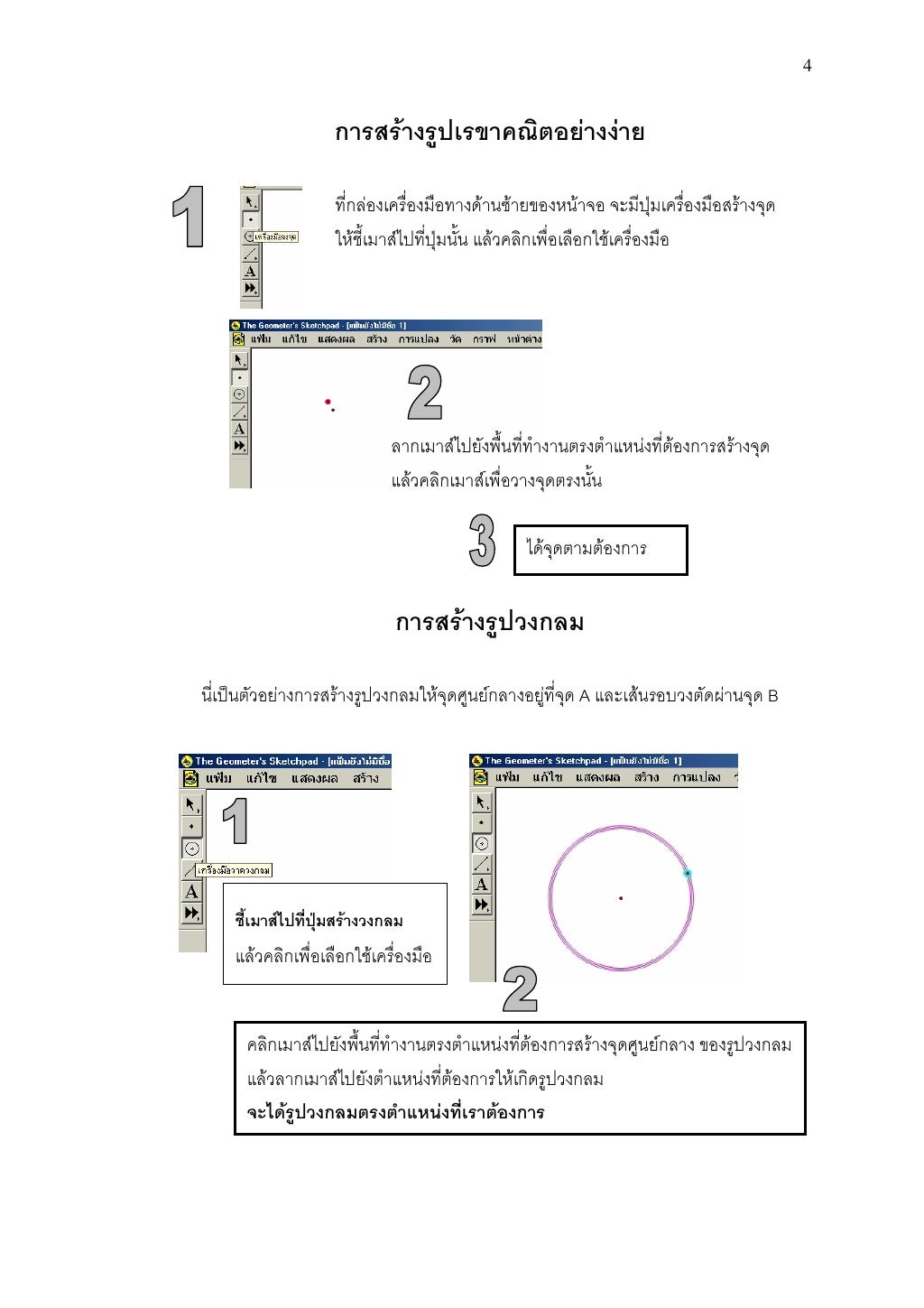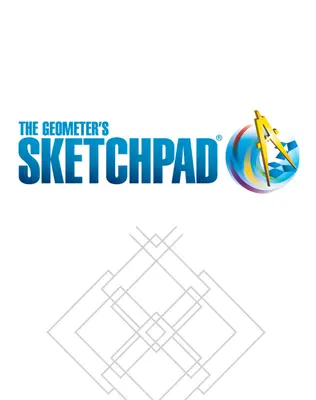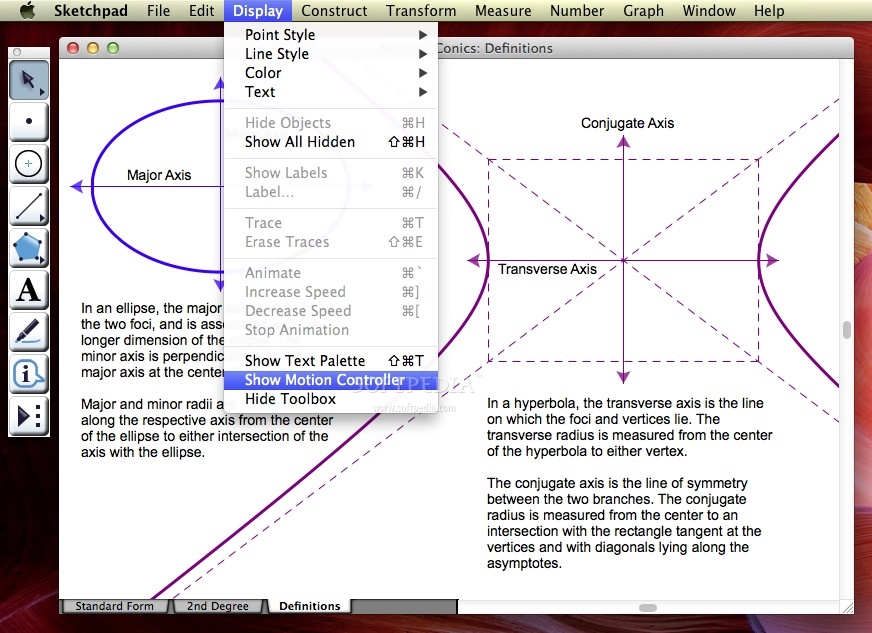
To put your name on the snowman,įind an empty place on your picture and move the labeling tool there.

Whatever you want anywhere on the sketch. You haveĪlready seen what the labeling does. Tool actually serves two purposes: labeling tool and text tool. Put your name on your snowman so I know who it belongs to. What is the label for your snowman's nose?Ĭlick on the nose again to make the label disappear. Move the hand close to the nose of your snowman. Choose the labeling toolįrom the toolbox on the left of the screen (it looks like a little hand). What the program labeled your snowman's nose. Every point, circle, and segment you haveĭrawn on your snowman has a label - even if you can't see it. Sometimes, however, the label is invisible. The Labeling Tool: When you draw anything GSP gives it a name called a label. What happens when you holdĭown the SHIFT key while drawing a segment? (Hint: move the endpoint around To draw a straight object,Ĭlick and hold the mouse button while dragging in the direction you want Off to the side of your snowman you are going to practice drawing one ofĮach of the three types of straight objects. In the spaces below, sketchĮach of the other tools and fill in their names. Hold the segment tool three other pictures appear. The Segment Tool: The segment tool allows you to draw straight objects. The Point Tool: Select the point tool - it looks like a dot.
GEOMETER SKETCHPAD LESSONS HOW TO
Can youįigure out how to use the translate tool to change the size of one of the circles? While the arrow is horizontal, hold the mouse button down andĪrrange the circles from smallest to largest so they look like a snowman. Try to avoid pointign at the point that is on the circle, but rather at some other Is an indication that it is pointing at some object already part of the sketch. To a circle until the arrow becomes horizontal. Move onto the window and highlight a circle by moving the arrow close Can you guess what theyįor now, make sure that you are using the first one - the translate tool, with theĪrrow only. You press and hold this tool, three other pictures appear. This tool lets you drag (or translate) objects around in your sketch. The Select Tool: Choose the select tool (sometimes called the translate tool). Now draw three circles of different sizes that fit on the screen. Now practice erasing them by using Ctrl-Z or the Edit/Undo menu Practice making five or six circles of different sizes. Press and hold the mouse button while moving the mouse.Ī circle should appear. To draw a circle, move the mouse to the right The Circle Tool: Select the circle tool by using the mouse to position the arrow over theĬircle tool and click once. To the right of the tools is called the window. The five mostĬommonly used tools and their names are at the top of this page.

The left on the sketch you will see six different squares with different Now you are looking at the basic GSP layout, called a sketch. Much as possible during these, and all the subsequent, exercises.Īs GSP starts up, you will see a picture with the words "The Geometer's These are theīasic elements for creating Sketchpad sketches. Perpendicular lines, parallel lines, and angle bisectors. Use some of the built-in constructions, particularly mid-points,

Select one or more objects that have already been drawn and how to Presented here provides a brief introduction to Sketchpad. Lesson 1: Introduction to Geometer's SketchPadįor these exercises and investigations you will need to be able to use theīasic features of Sketchpad. This was then used to assess their progress through the Numeracy Strategy objectives.Dynamic Geometry Workshop: Sketchpad Basics The pupils were encouraged to annotate their saved work with the mathematical relationships they had discovered. The program has a Save feature which enables the user to save the work they have completed on Sketchpad. They understood they were using ICT simply as a tool to explore the geometrical properties of plane shapes. In follow-up lessons the vast majority of the students remembered the results of the previous activities. On reflection, I would say that the majority of the students greatly benefited from using the software. This was assessed in the plenary section of the lesson, when the pupils explained what generalisations they had discovered about each shape they has constructed using the software.
GEOMETER SKETCHPAD LESSONS SOFTWARE
It was discovered that a few pupils could use the software quite easily, but failed to explore the mathematical relationships that the package demonstrated.

In practice, the easiest method of assessment was to observe and question the pupil as they used the software. Geometer's Sketchpad has no in-built tools for the monitoring and assessment of the student's progress.


 0 kommentar(er)
0 kommentar(er)
